You can certainly use a transistor and trigger a triac (or SCR). Typically that takes tens of mA or more at a couple of volts. So a -5V supply and a resistor switched by a BJT works nicely for triacs, and +5 for SCRs and maybe acceptably for some triacs that are rated for Q4 operation (MT2 negative gate positive).
But think of a low-cost phase-control dimmer operating from 120VAC or 240VAC- to get that 50mA, say, from the mains voltage might not be that easy- you could build a supply but that's expensive. What the diac allows you to do is to charge a capacitor of something like 100nF from a relatively high resistance (allowing a time constant that can be adjusted over most of a mains half-cycle for wide-range dimming). When the capacitor voltage reaches +/-32V (say), the diac breaks down and continues to conduct until the capacitor has been discharged to a volts or so. The discharge current is perhaps 150mA or more, and easily triggers the thyristor. Provided the MT2 current rises to the holding current while the pulse is present, the triac will remain on for the remainder of the half-cycle. The process begins anew at the beginning of the next half-cycle with the capacitor voltage reversed.
Diagram below from this question.

You can buy triacs with a co-packaged (I believe they're co-packaged and not a monolithic construction) diacs effectively in series with the gate. A trade name for those is "Quadrac", and they're pretty much useless for more general-purpose applications.


